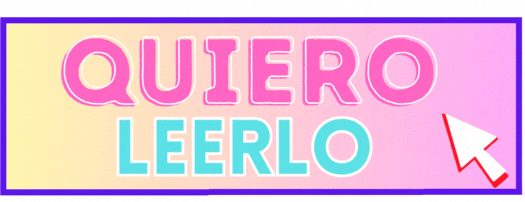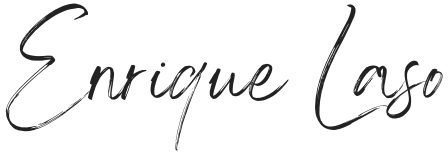Autorretrato (NOVELA)


PREGUNTAS FRECUENTES
The book «The Invention of Morel» by Adolfo Bioy Casares is a literary masterpiece that offers readers an intriguing storyline full of mystery and suspense. Originally written in Spanish, the book has been translated into several languages including English, making it available to a global audience.
The book opens with the main character, referred to as the narrator, stranded on a deserted island. The island is uninhabited and the narrator is uncertain how he got there. As he explores the island, he discovers a group of tourists who appear to be in a trance-like state. The narrator becomes obsessed with one of the tourists, Faustine. She is beautiful and captivating, and the narrator is drawn to her in a way that he cannot explain.
As the story unfolds, the reader is taken on a journey through time, space, and reality. The narrator discovers that the tourists are, in fact, not alive but rather projections from a machine invented by Morel, a scientist who was once stranded on the island himself. Morel created the machine to capture images of the tourists in order to preserve their memories and experiences, allowing him to relive them over and over again.
The narrator is horrified when he realizes that he too has been captured by the machine and that his image will be projected perpetually to create the illusion of his continued existence. The love story between the narrator and Faustine becomes even more complex as the narrator tries to understand what is real and what is simply an illusion projected by the machine.
At its core, «The Invention of Morel» is a commentary on the nature of reality and the power of the human imagination. The book raises questions about the nature of perception and the meaning of life. It is a deeply philosophical work that allows the reader to explore their own beliefs about the world around them.
One of the most striking aspects of the book is its dreamlike quality. The island is both real and surreal, and the characters move through time and space in ways that challenge conventional logic. The narrator’s obsession with Faustine feels almost otherworldly, as though he has transcended normal human emotions to become something more.
The writing style of «The Invention of Morel» is sparse and somewhat experimental. The book is only 96 pages long, but each page is packed with meaning and symbolism. The prose is hauntingly beautiful, and the translation from Spanish to English is seamless.
Overall, «The Invention of Morel» is a deeply thought-provoking book that will stay with readers long after they have finished it. It is a testament to the power of the imagination and the human spirit, and it is a must-read for anyone who is interested in philosophy, surrealism, or simply a good love story.
1. ¿Quién es el autor de la novela Autorretrato?
R: Bernardo González Koppmann.
2. ¿De qué trata la novela Autorretrato?
R: La novela narra la historia de un joven artista que se enfrenta a una serie de decisiones cruciales en su vida.
3. ¿Cuál es el nombre del protagonista de Autorretrato?
R: Edgardo.
4. ¿Cuál es la ocupación del protagonista en la novela?
R: Artista.
5. ¿Qué eventos llevan al personaje principal a tomar decisiones difíciles?
R: Una relación fallida, un accidente que pone en riesgo su carrera y la muerte de su padre.
6. ¿De qué se trata el autorretrato al que hace referencia el título de la novela?
R: Es una pintura que el protagonista realiza de sí mismo.
7. ¿Qué simboliza el autorretrato para el personaje principal?
R: Representa su identidad y su búsqueda de sí mismo.
8. ¿Qué influencia tiene la familia del protagonista en su búsqueda de identidad?
R: Es una influencia negativa que le impide tomar sus propias decisiones.
9. ¿Cómo evoluciona el personaje principal a lo largo de la novela?
R: Experimenta un proceso de crecimiento personal y descubre su verdadera vocación.
10. ¿Cuál es el mensaje principal que transmite la novela Autorretrato?
R: La importancia de la autenticidad y la búsqueda de la propia identidad para alcanzar la felicidad.






